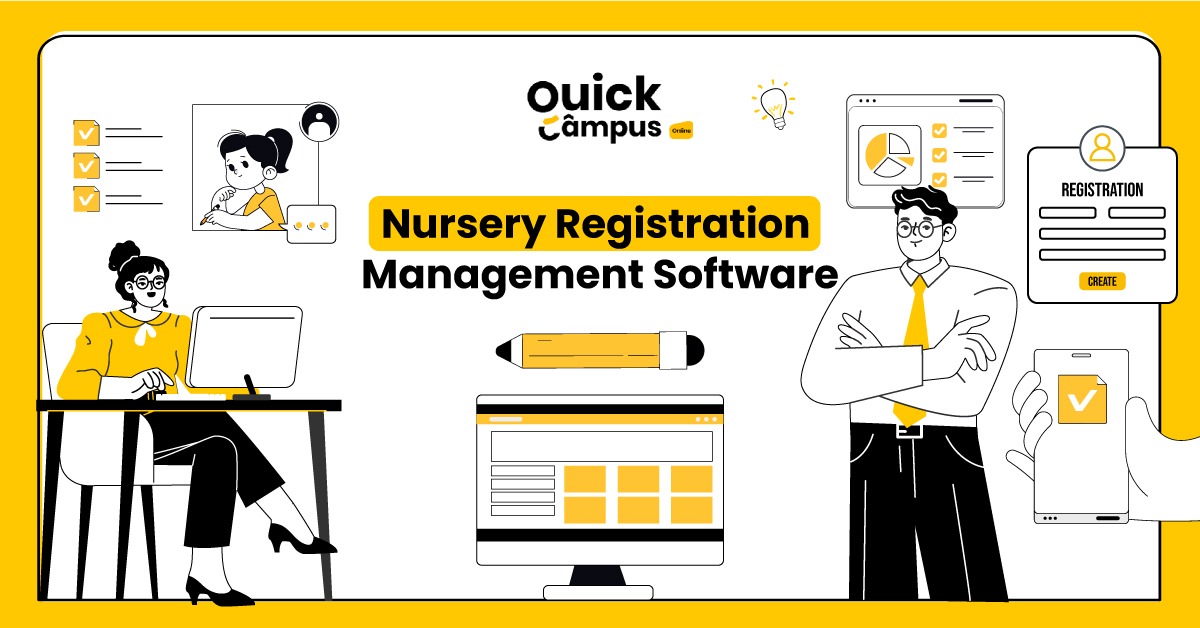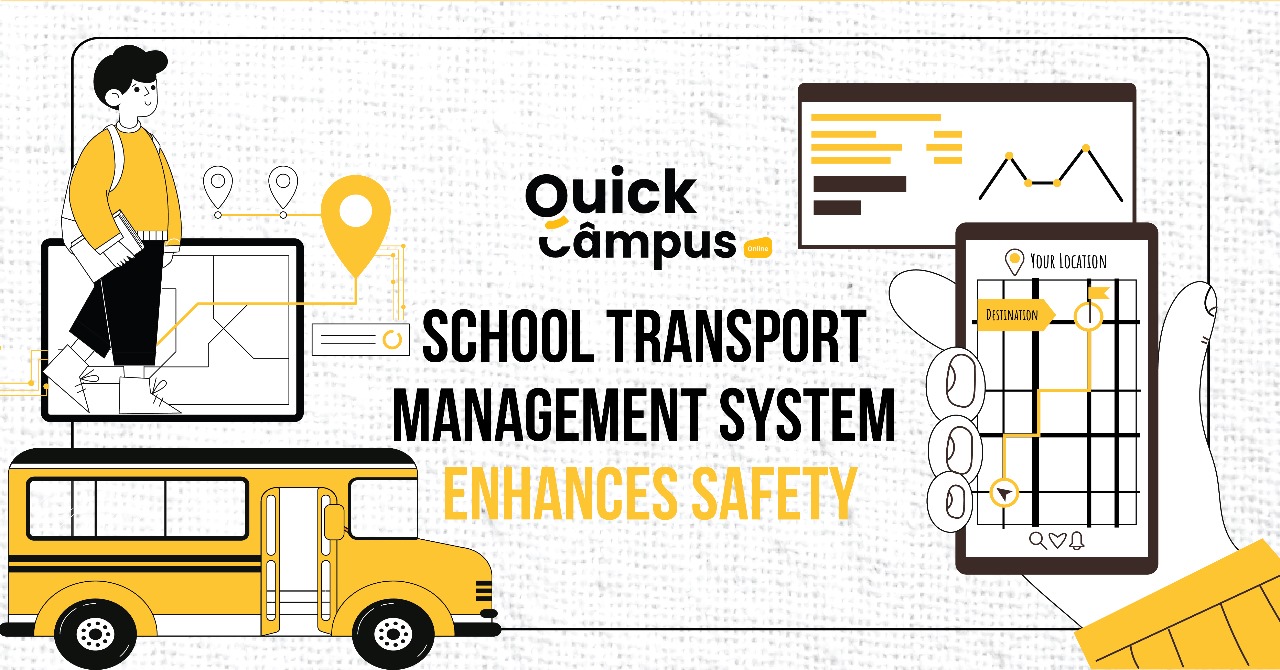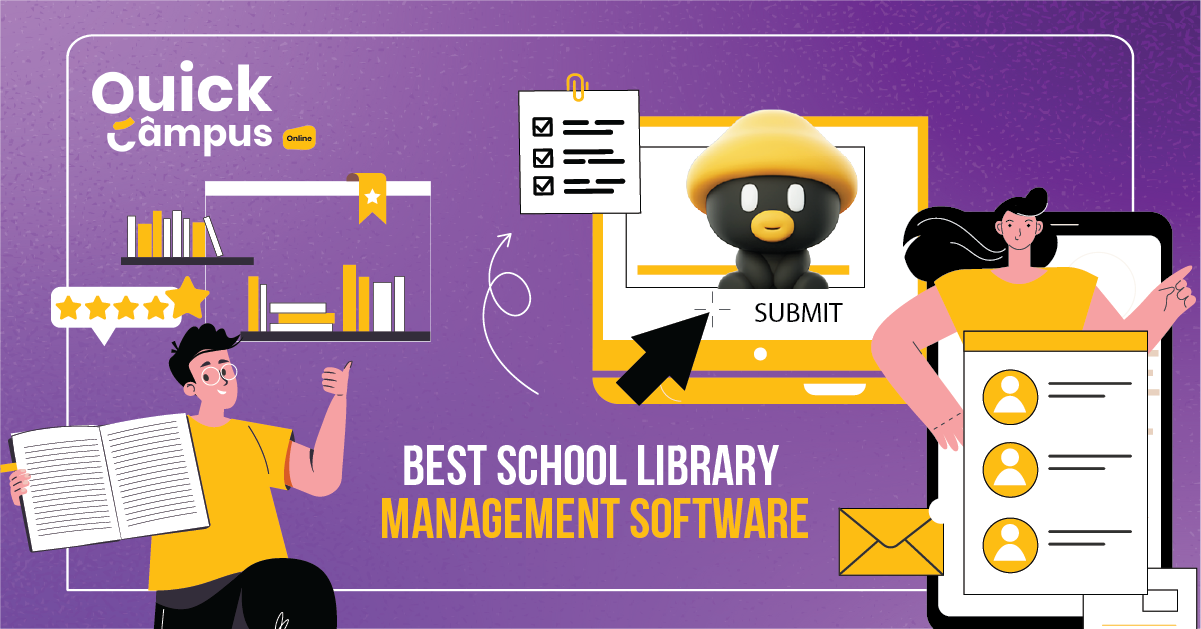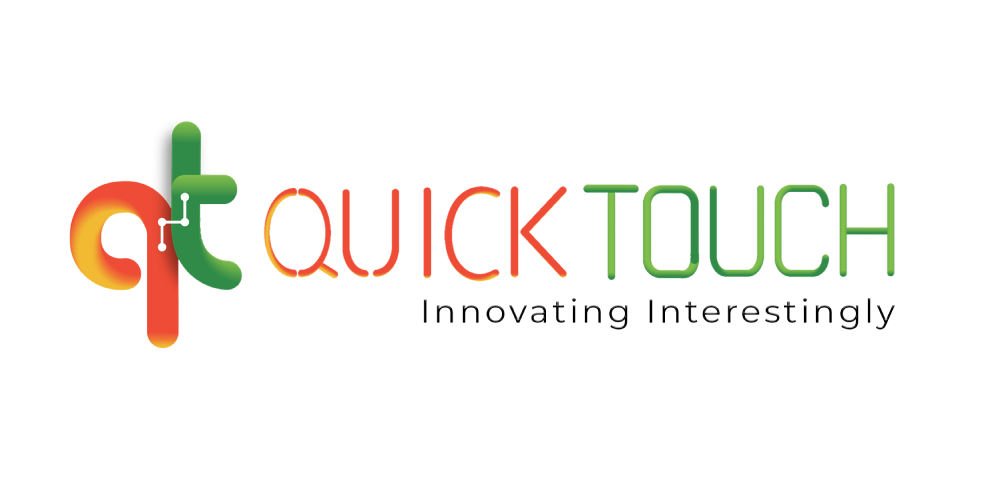Computer Based Examination System
In every era, from the time of Gurukuls to the days of chalkboard teaching, exams have always been a big part of education. They help schools and colleges pick the best students based on how well they do.
For a long time, exams were all about using pen and paper. But as computers and the internet became more common, people started looking for better ways to give tests. That’s when the computer-based test, or CBT, came into play. It’s now the go-to choice for many industries because it’s faster and more convenient.
Companies use CBT to sift through lots of job applicants quickly and find the ones who are the best fit for the job. And since the pandemic hit, even more companies are using CBT. It’s not just for jobs, though schools and colleges are also starting to use it for exams, following new rules from educational boards.
What Is A Computer Based Test Or CBT?
The Computer-based test, also known as the CBT test, is a method of giving an exam using a computer instead of a pen-and-paper method. You can take such exams online through the Internet or by using a computer-assisted facility. This test or examination is usually arranged by organizations to assess or analyze a student’s performance, skills, or abilities.
It has inclusive features like MCQ, analytics-based, questionnaire, etc. CBT Online Test integrates with school management software to simplify the assessment office of teachers now they depend on the training mapping of students to knowledge level and the final result. The availability of additional features like self-grading and section-wise pledges is favorable for educational institutions.
Features Or Characteristics Of Computer Based Examination
Here are the features of Computer-Based Testing (CBT):
1. Access Based on Roles: The software provides access based on the roles of users, such as teachers, students, and administrators.
2. Usage on Mobile Devices and Laptops: Users can access the system using either their mobile phones or laptops.
3. High Accuracy in Assessment: The software guarantees precise assessment of student performance and provides accurate feedback.
4. Prevention of Cheating: The system includes measures to prevent cheating during exams, offering proctoring solutions.
5. Analysis Using Artificial Intelligence: The software utilizes artificial intelligence for analyzing reports, and enhancing data comprehension.
6. Effortless Report Generation: Generating reports in required formats is made easy with the software’s user-friendly tools.
What Is The Difference Between Two Main Types Of CBT?
The two main types of CBT are:
1. Linear Examination
A linear examination is a comprehensive assessment where the computer picks various questions for you without taking into account your performance level. It encompasses a complete spectrum of test queries – from simplest to most challenging – although not necessarily sequentially. The linear exam is evaluated using the same method as a traditional paper-based test.
2. Adaptive Examination
An adaptive computer-based test is a type of test that changes its questions based on how well you’re doing. If you answer a question right, it gives you a harder one next time. If you answer wrong, it gives you an easier one. It helps to figure out exactly how good you are at something by giving you questions that match your level.
Advantages Or Benefits Of Computer Based Examination
Computer-based tests offer numerous advantages that make them stand out:
1. Efficient Delivery Of Tests At Scale
Imagine a scenario where multiple job applicants need to take a written assessment as part of their interview process. Conducting these assessments individually could take an entire day. However, with CBT, assessments can be hosted online, saving both time and ensuring quality examinations.
2. Customizable And Tailored Tests
Educators have the freedom to adjust question difficulty levels based on student groups. Furthermore, they can adapt question patterns based on learner responses. Utilizing recorded lessons, and educational applications, instructors can even conduct oral assessments with specific students. Additional apps enable students to ask questions, share opinions, and interact effectively.
3. Instant Grading System
Traditionally, students wait anxiously for their test scores while teachers spend considerable time grading papers. However, CBT provides an instant grading system, allowing for prompt evaluation of performance. This data aids in modifying the learning approach and identifying areas for improvement.
4. Streamlined And Organized Process
Traditional examinations involve numerous tasks spanning months, from securing facilities to storing and marking answer sheets. CBT automates these processes, ensuring efficiency from start to finish.
5. Support For Candidates With Special Needs
CBT offers features like braille keyboards, voice-to-text, and screen readers, catering to differently-abled students and ensuring inclusivity.
6. Maintaining Exam Integrity
Concerns about exam integrity in online settings are addressed through various security and proctoring features, ensuring tests are conducted with integrity and without cheating.
7. Remote Testing
CBT eliminates the need for students to travel long distances for exams. They can choose exam slots according to their convenience, enabling flexibility and accessibility.
Limitations Of Computer Based Examination
1. Tech Problems:
Computers can sometimes have issues like freezing or crashing during a test, which can mess up a test-taker’s focus and performance.
2. Access Problems:
Not everyone has a computer or internet access, so some people might not be able to take CBTs. It can make testing unfair and disadvantage certain groups.
3. Cheating Worries:
Even though steps are taken to stop cheating, some test-takers might still find ways to cheat by using other devices or getting help from others. It can mess up the test results.
3. Limited Interaction:
Doing certain types of questions, like drawing or complex math, can be harder on a computer than on paper. It makes it hard to test some skills or subjects well.
4. Adaptability Issues:
While adaptive testing can adjust questions to each person’s ability, it might not always show their true skills. Some people might find the questions too easy or too hard, which can affect how well they do.
5. Security Risks:
Storing personal data and test info electronically can be risky, like if there’s a hack or data leak. Keeping this info safe needs strong security measures, but they might not always work perfectly.
6. Cost And Setup Needs:
Setting up and keeping up with computer-based testing systems can be expensive. It involves buying computers and software, fixing problems, and giving tech help, which might be hard for some groups to manage.
Final Words
In conclusion, computer-based exams are a significant improvement in testing because they are faster and safer. They make the process easier because they can evaluate the test instantly and adjust the questions based on our performance, but they also have their problems as technical issues and fairness concerns. Despite these problems, computer-based exams play an essential role in the field of education today.












